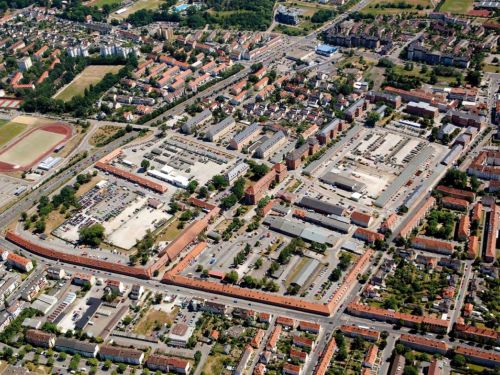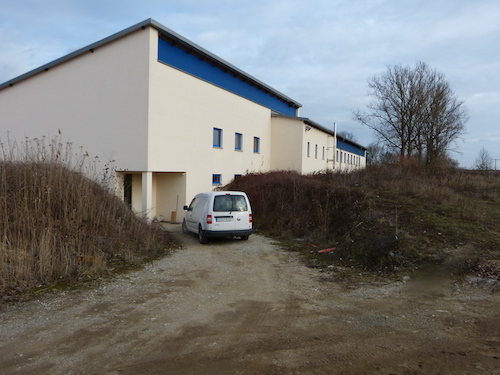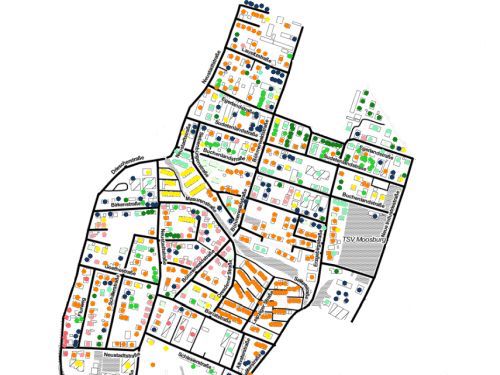Selected projects
In addition to the technical conception and implementation, we have also acquired subsidies for our customers in these projects.
Bamberg district concept
Cities and municipalities are often faced with the task of converting former industrial areas, barracks, etc. into residential areas. So-called district concepts are usually the basis for decision-making. A multitude of questions have to be considered. An important point is the energy supply of such new residential areas. By working out different supply variants, these can be compared with each other.
read moreBiomass heating plant in energy container
The optimization of the heat supply of the district building yard Neuses, by a biomass heating station, leads to a substantial saving of the emissions of CO2.
read moreBiomass heating plant Lauterbach Castle
In Lauterbach Castle, which has been owned by the von Hundt family since the 15th century, the ageing oil heating system was replaced by a woodchip heating system. A neighbouring residential building is also supplied with heat via this. eta Energieberatung was commissioned to plan the woodchip heating system with a connected local heating network.
read moreBüttenpapierfabrik Gmund – energy concept
In order to further improve regional sourcing and the environmental balance, considerations are currently being made to switch the energy supply from natural gas to biogenic energy sources.
read moreCity of Moosburg – district concept
Following a city council resolution, eta Energieberatung drew up a district concept to increase the renovation rate in Moosburg a.d. Isar. The project, funded by KfW, aims to reduce CO2 emissions in the city area by kicking off a targeted renovation offensive.
read more




